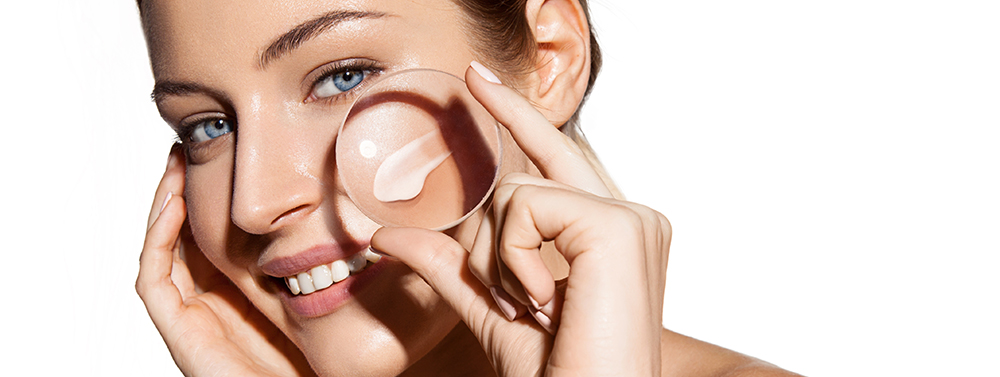
17 Jun Active ingredients that help ensure care for sensitive skin
Millions of people have sensitive skin. According to the American Academy of Dermatology, as many as 50% of patients seeking help own such skin, which can be difficult to care for. You never know what products will cause redness or irritation (or both). Sometimes you can find out what skin care component causes such problems, and sometimes it is just a matter of guessing.
Sensitive skin is not really a skin type - it's a skin condition. Anyone can have sensitive skin.
It is often dry, thin and delicate, without a natural protective barrier. This type of skin often reacts with redness, burning or inflammation after contact with some care products and their ingredients. People with sensitive skin may find it difficult to determine which products soothe and hydrate the skin and instead make it red, tense or itchy. Before applying the product to your face, first test it on a small area. A good place to test your new skincare product is behind your ear. If your skin is not irritated, you can apply the product to a small area of your face and if there are still no disturbing changes, you can apply the product to any area of your face.
One ought to select products free of potentially irritating and allergenic substances, but contain active ingredients that will take particular care of this type of skin.
For people with sensitive skin, less means more, so look for simple product labels with ingredients that can be understood without a secret decoder. Of course you have to choose your skin care products wisely, but with these few ingredients you’ll be on your way to calmer and prettier skin.
Here are some of the ingredients recommended for sensitive, couperose or redness-prone skin due to their properties:

Return to articles
has filmogenic properties, thus creating a protective layer on the surface of the skin, which retains water in the epidermis, providing optimal hydration and elasticity. It effectively smoothes the skin, leaving it silky soft.
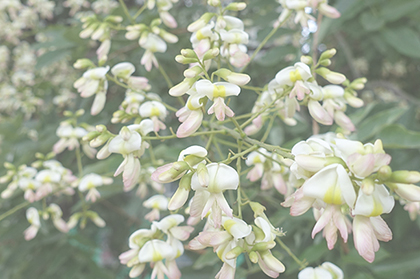
Troxerutine
supports blood microcirculation, seals blood vessels, soothes redness and irritation. It strengthens the skin's defence system, reducing its sensitivity to external factors. It supports the process of cellular renewal of the epidermis.
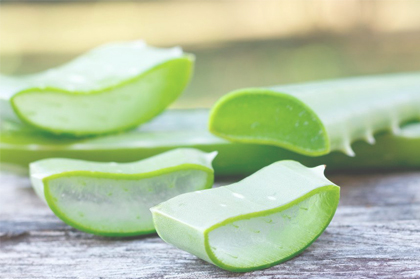
Aloe Vera extract
facilitates water binding within the skin, protecting it from drying out. Thanks to the high content of polysaccharides, it activates the cell growth factor (ECGF), stimulating the structure of collagen fibres and stimulating skin regeneration.
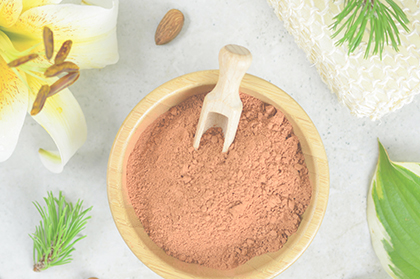
Red clay
is distinguished by the highest concentration of iron among all clays, which actively participates in the processes of skin revitalization. Additionally, it eliminates redness and shrinks blood vessels, preventing them from cracking. Additionally, it has a detoxifying effect, restores the skin's natural balance and provides it with a mattifying effect.
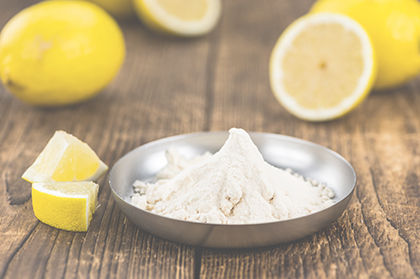
Micronized diosmin and hesperidin
belong to the group of flavonoids, which protect blood vessels and strengthen their resistance to mechanical damage. Additionally, they support the proper tightness of vessels by inhibiting the action of hyaluronidase.
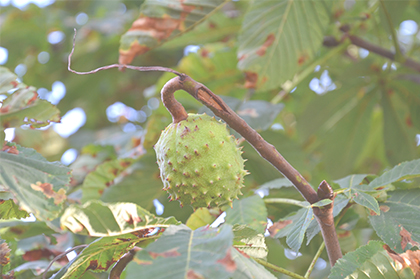
Aesculus hippocastanum (horse-chestnut) extract
owes its cosmetic properties to its active compounds: flavonoids and triterpene saponins, including aescin, thanks to which it facilitates microcirculation and protects the walls of blood vessels. As a result, small vessels are strengthened and their permeability is reduced. In addition, it soothes irritation and the feeling of itching.
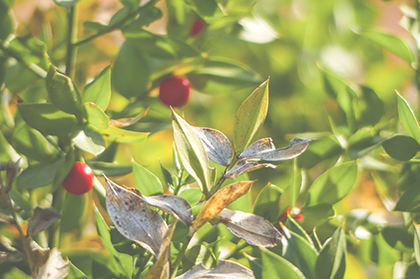
Ruscus aculeatus (butcher’s-broom) extract
is particularly valued in treatment of skin prone to redness due to saponins, including ruskogenin, and flavonoids: rutin and hesperidin. These compounds, occurring together, show enhanced (synergistic) effects such as strengthened vessels, stimulated surface microcirculation, reduced permeability of vessel walls, and soothed and alleviated irritations.
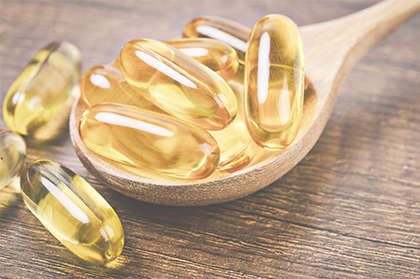
Panthenol (provitamin B5)
known for its powerful TEWL (transepidermal water loss) reducing properties, it moisturizes the skin, restoring its smoothness and elasticity. After penetration through the epidermis it changes into vitamin B5, i.e. pantothenic acid, which affects the dividing activity of the epidermis. It soothes and soothes irritation and redness.



